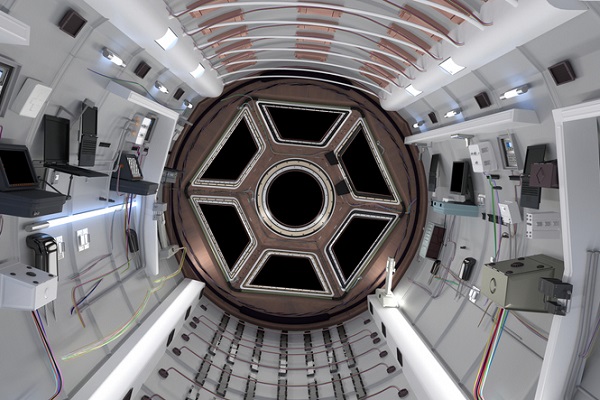Help NASA design a toilet for Artemis astronauts on the Moon
NASA is calling on the global community to help innovate space toilet concepts through the Lunar Loo Challenge.
While toilet solutions on the International Space Station already exist, a smaller, lighter and simpler design is needed for astronauts inside the lunar lander. This is because all weight is carefully allocated with every kilogram of mass needing 10kg of propellant to descend to the lunar surface and launch back to lunar orbit.
The Lunar Loo Challenge is seeking novel design concepts for low-mass, compact toilets that can reduce the current state-of-the art toilet mass by more than half – from 54kg to 31kg – and reduce the volume by 70% – from 0.17m³ to 0.12m³. For comparison, the standard toilet you might have in your house weighs around 30 to 60 kg, but the complexity of operating in reduced gravity environments requires more components for a space toilet.
“Our astronauts accomplish amazing feats of science and space exploration. But at the end of the day, they’re still human. We need to provide them with the same necessities as here on Earth so they can continue to do their job,” Lunar Loo Challenge manager Mike Interbartolo says.
The challenge is operating out of NASA’s Human Landing System (HLS) Crew Compartment Office at its Johnson Space Centre in Houston.
Also, gravity on the Moon is about one sixth of what it is on Earth, another thing to consider when designing the toilet.
Getting back to the Moon by 2024 is an ambitious goal of NASA’s and the space agency is already working on approaches to improve existing space toilets. The agency is also aware of the value in inviting ideas from the general public, knowing that they approach problems with a mindset different from traditional aerospace engineering.
“The global community of innovators provides valuable insight and expertise we might not have in-house,” NASA Tournament Lab deputy manager Steve Rader says.
“Challenges like this allow us to tap into that creative thinking and find unknown or undeveloped solutions.”

